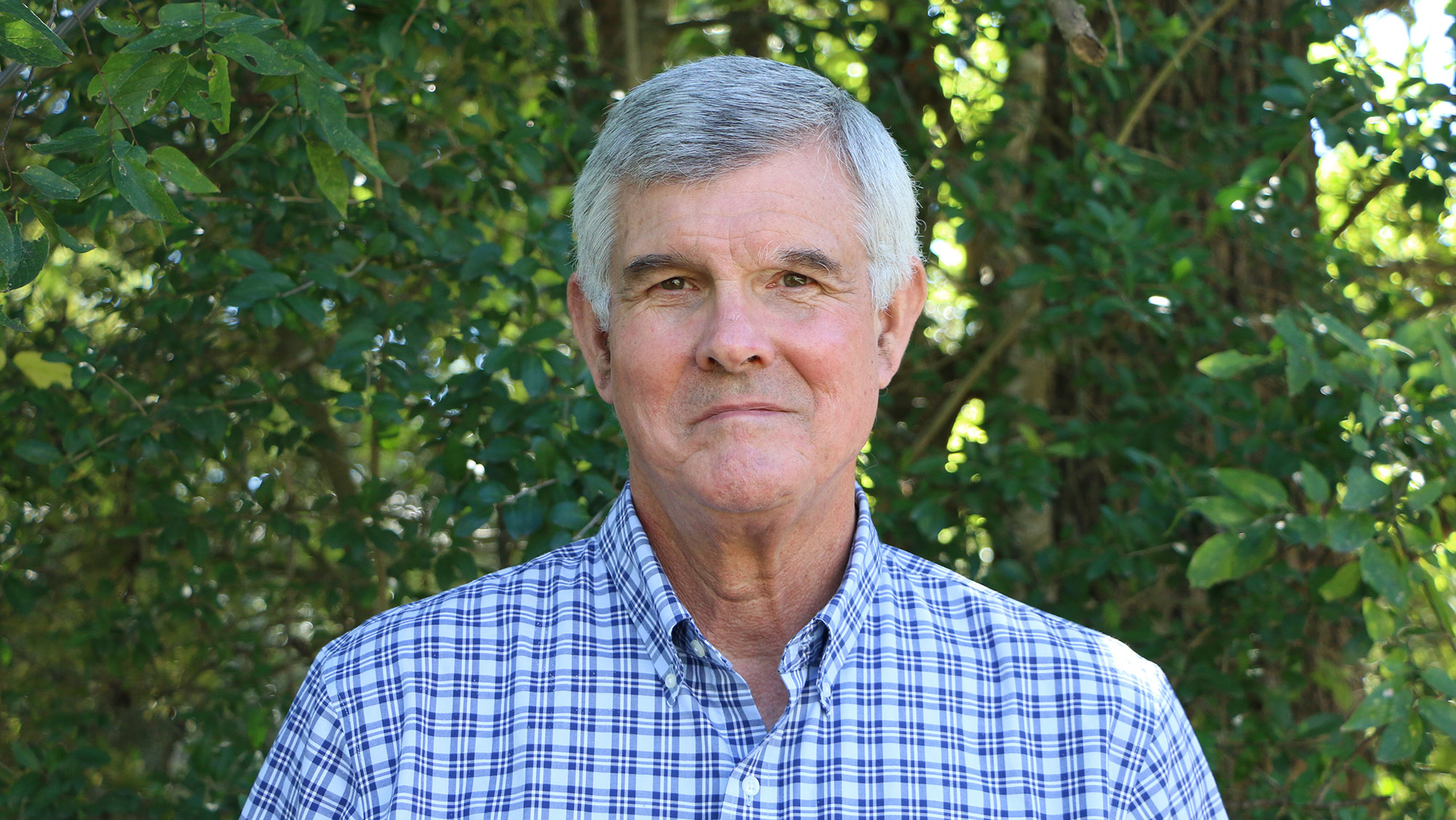
Dr. George Pharr, professor in the Department of Materials Science and Engineering, University Distinguished Professor, and Holder of the Erle Nye ’59 Chair I at Texas A&M University, was recently awarded the highest honor available by the German Society for Material Science — the 2024 Heyn Commemorative Medal.
“I was thrilled to learn of the award,” said Pharr. “I have had strong ties and collaborations with German scientists and research organizations for many years and am greatly honored they would consider me.”
The award dates to 1929 and was created to honor researchers who have moved the needle forward in materials science and engineering. Additionally, it is a way to recognize researchers who have taught and mentored scientists and innovators in Germany. Pharr has also served on several advisory boards for major German research organizations such as the Helmholtz Research Association and the Max Planck Institutes.
“I have helped to mentor a number of young scientists in Germany and the German-speaking world who are now taking the stage as world leaders,” Pharr said.
Pharr’s research focuses on ways to measure the strength of tiny things, sometimes at the scale of a few nanometers. These are often thin films used in the development of nanotechnology, such as semiconductor devices, magnetic storage devices, and hard coatings for optics and machine tools. Many of the materials employed in phones and computers were created with help from the technologies that Pharr and colleagues developed.
Pharr’s connections and work with Texas A&M have contributed to his successes, offering him access to state-of-the-art facilities and cutting-edge research opportunities.
“Texas A&M has provided us with resources to build an outstanding research laboratory for the type of work we do — a lab that is among the best in the world for understanding strength at small scales,” he said.
Pharr will use this award as a catalyst to continue his future research ventures, such as small-scale testing techniques for rapidly discovering new and better materials, making measurements at very high strain rates that are important in military applications, and understanding the fundamental physics underlying friction mechanisms.